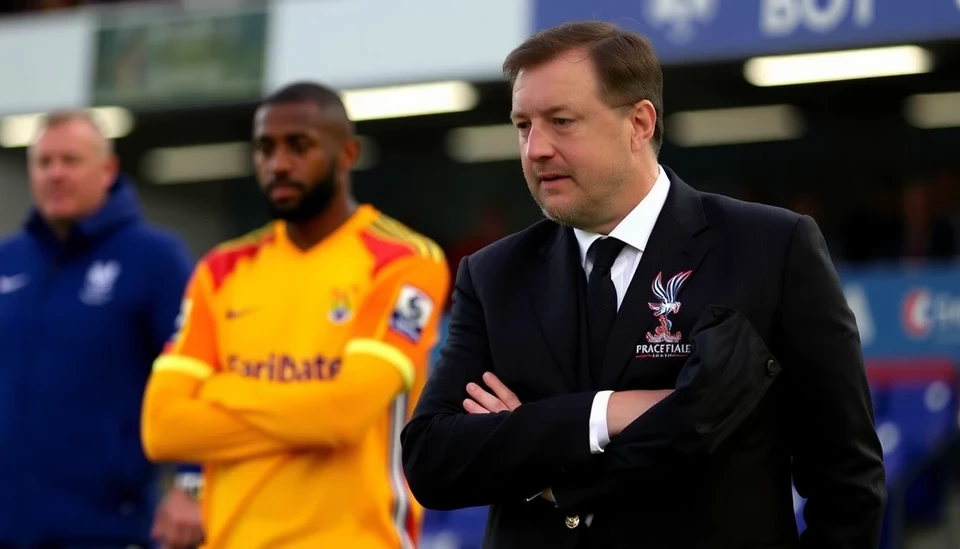
John Textor, the owner of Crystal Palace F.C., has recently expressed apprehensions regarding the concept of multi-club ownership in the realm of football. This comes at a time when the sports industry is grappling with the implications and complexities surrounding ownership models that span multiple teams across different leagues.
Textor's skepticism stems from his observations of the current landscape where several teams are owned by singular entities or individuals. He has highlighted the numerous challenges and potential conflicts of interest that could arise from such arrangements. His commentary emphasizes a belief that while multi-club ownership can foster collaboration and resource sharing, it may also lead to detrimental consequences regarding competitive integrity and financial stability within leagues.
As a prominent figure in football ownership, Textor’s views carry significant weight. He pointed out that the experiences of different club owners can vary widely, and not all multi-club ownership situations are beneficial. The intricacies involved could undermine the foundational principles of healthy competition, an essential component of the sport.
Moreover, Textor’s remarks come at a pivotal moment as football authorities are increasingly regulating ownership structures to maintain fairness in the game. There are growing concerns about how clubs could manipulate transfer markets, talent scouting, and other operational advantages if owned by the same entity. Textor appears to lean towards advocating for a model that prioritizes the unique identity and competitiveness of each club within their respective leagues.
With football clubs being significant assets in the sports industry, the potential benefits of multi-club ownership cannot be discounted entirely. Supporters of this ownership model argue that it allows for better resource allocation, improved player development pathways, and enhanced global outreach for clubs. However, the balance between collaborative advantage and maintaining a level playing field remains a critical debate in the football community.
As the discourse around the future of club ownership continues to evolve, Textor’s insights challenge stakeholders in football to reassess the viability and ethical implications of multi-club ownership strategies. His cautions remind everyone that while innovation in sports management can yield positive outcomes, caution must be exercised to prevent jeopardizing the competitive spirit that defines football.
As this conversation unfolds, it will be vital for club owners, regulatory bodies, and fans alike to stay informed and engaged in discussions about the future of football ownership structures.
#JohnTextor #CrystalPalace #MultiClubOwnership #Football #SportsManagement #OwnershipModel #CompetitiveIntegrity
Author: Victoria Adams




